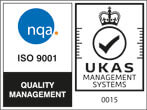To maximize the DS1000Z series measurement accuracy you need to increase the instrument’s memory depth to be over 1 Mpts and then put the instrument into High Res mode.
To do this press “Acquire” then change the “Mode” to High Res and then change the Memory depth to be above 1 Mpts.
















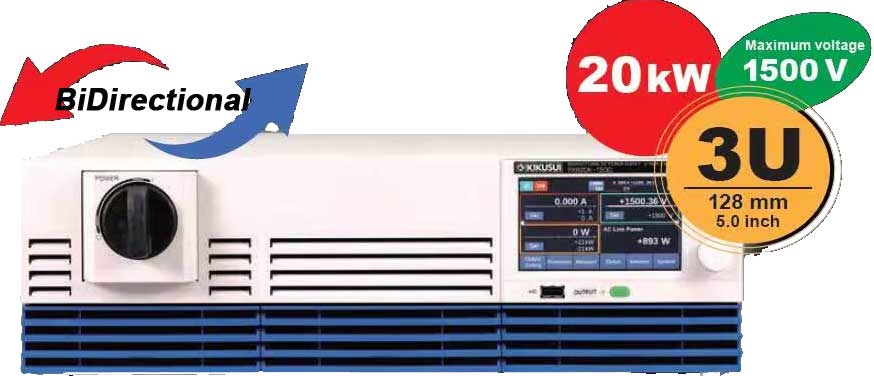





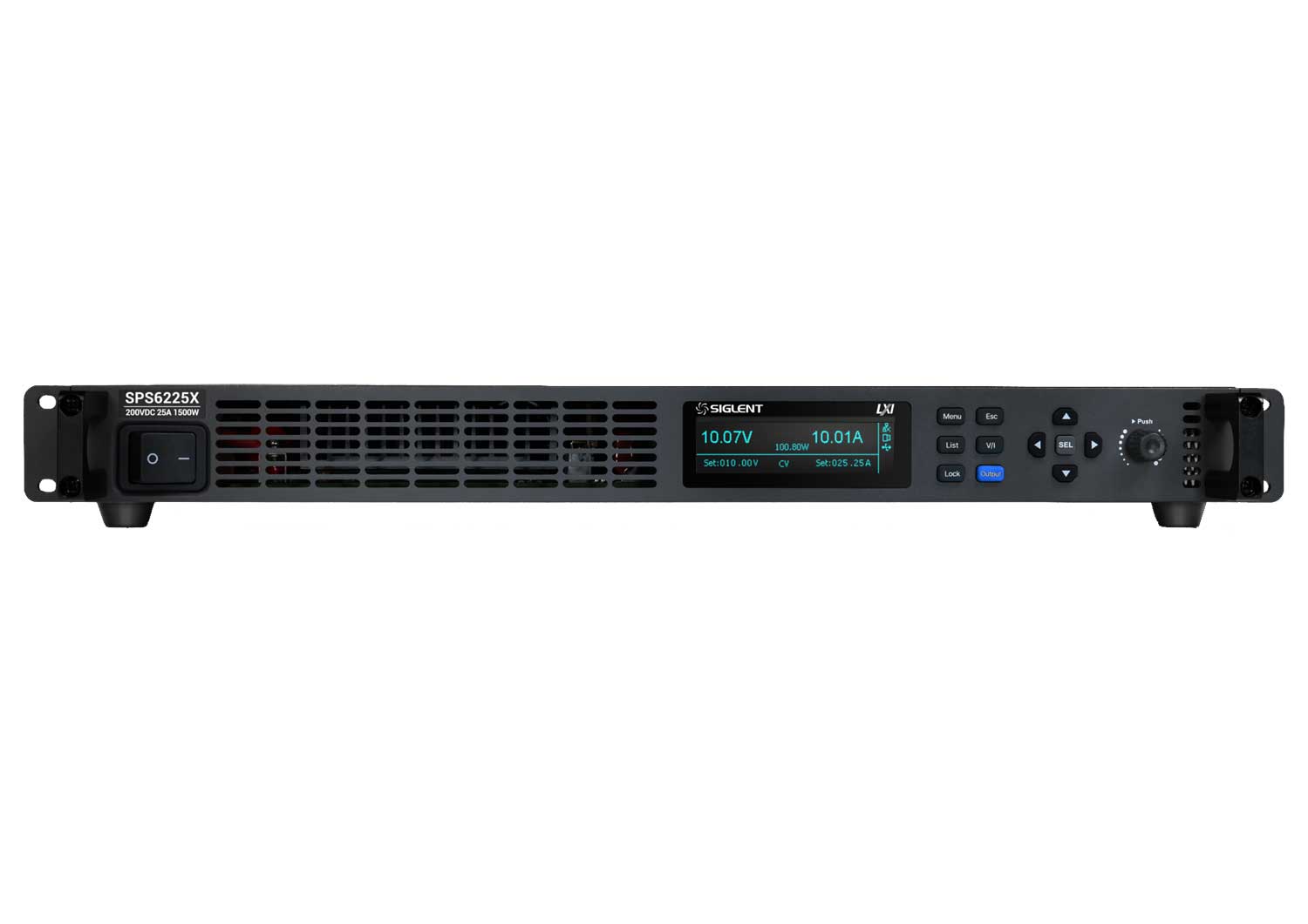

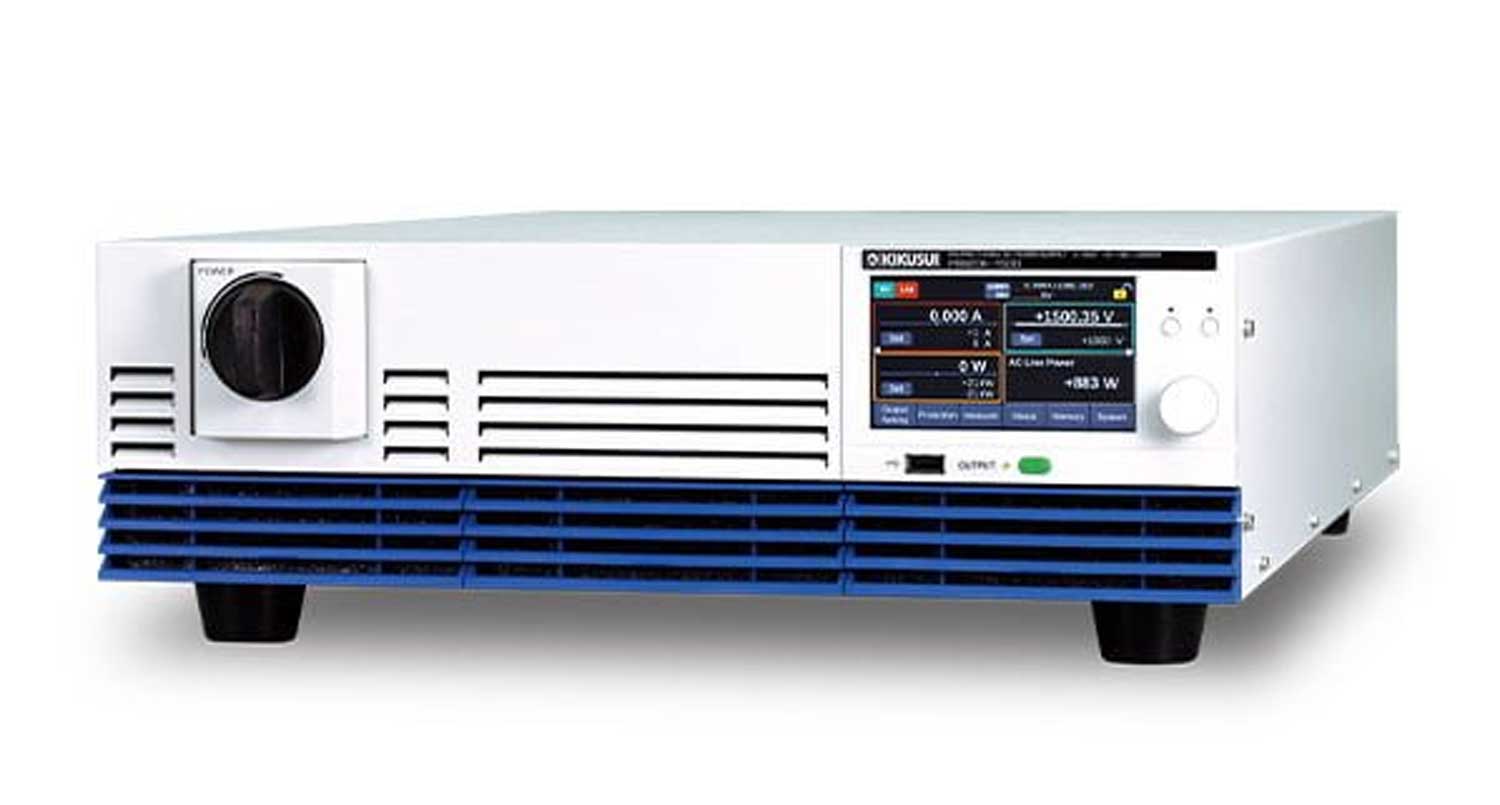
















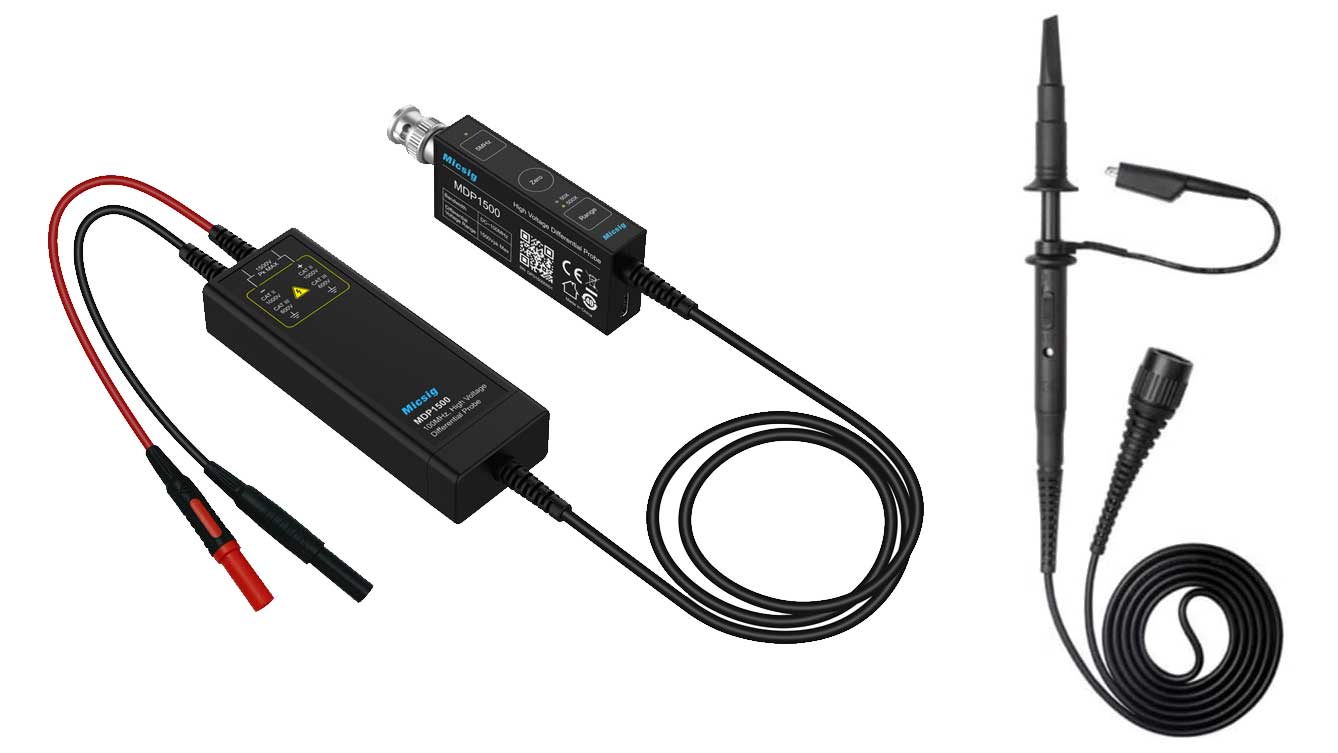









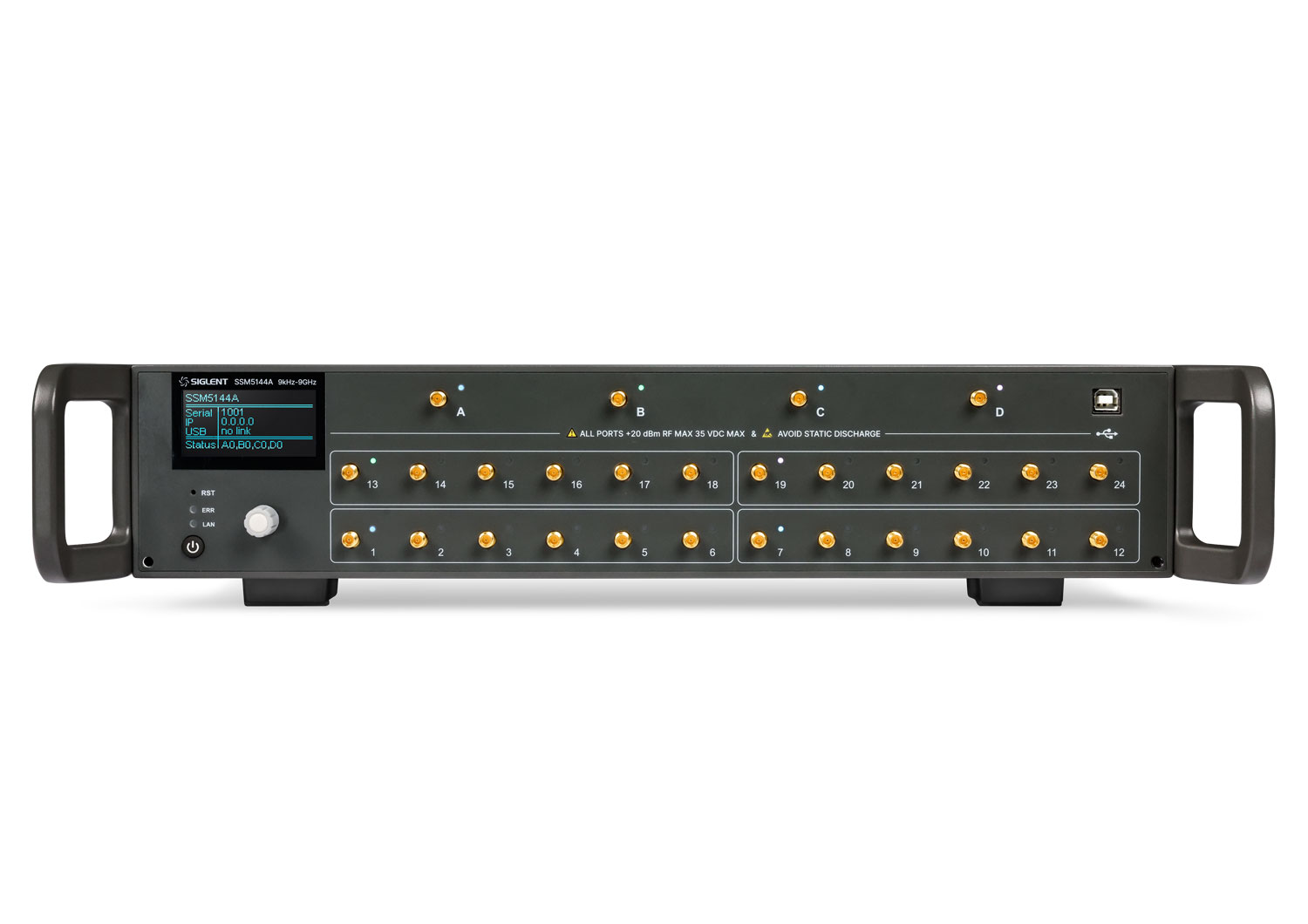












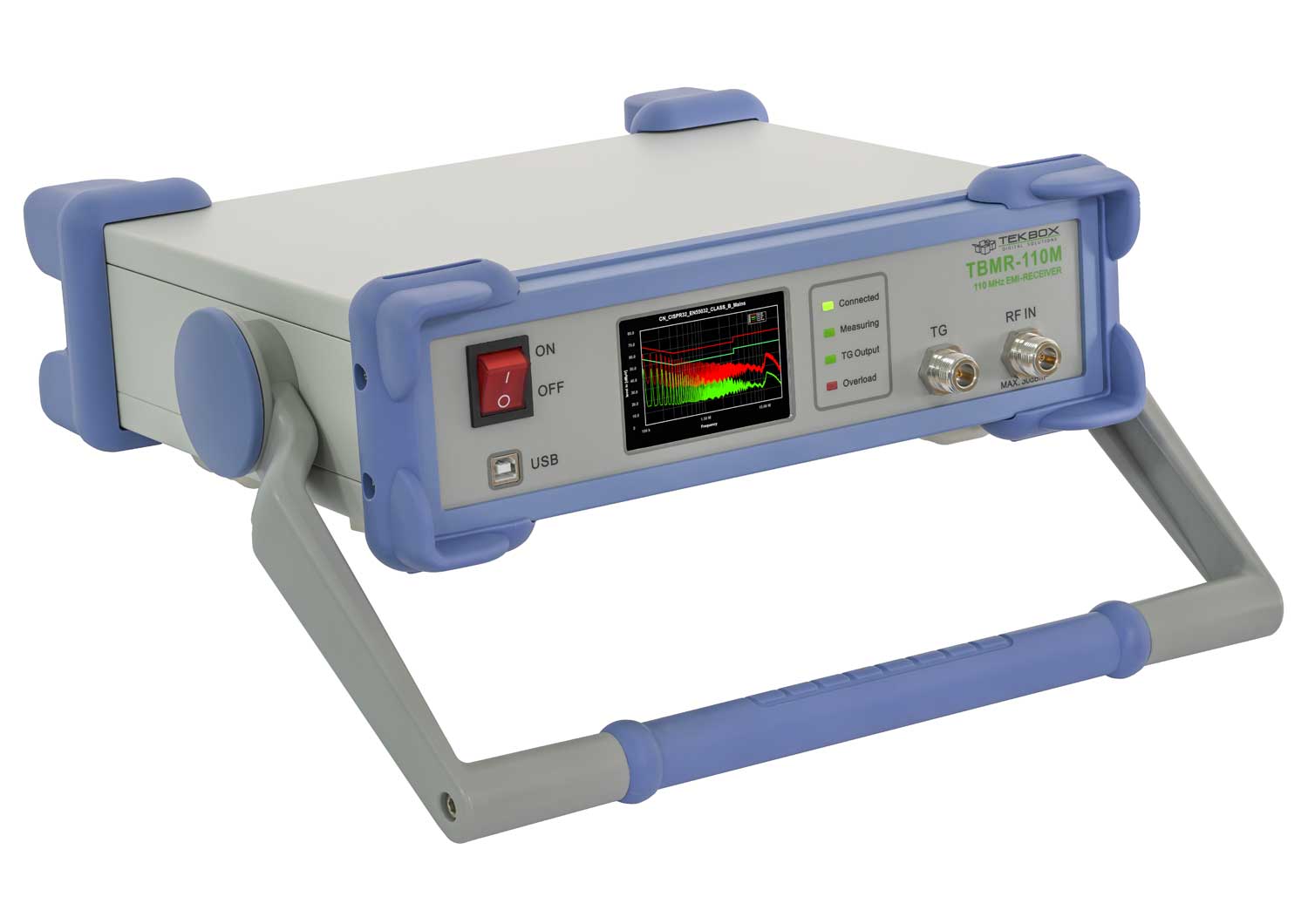
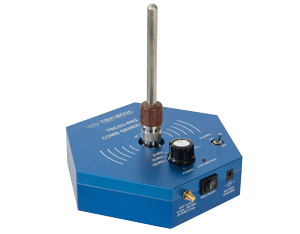

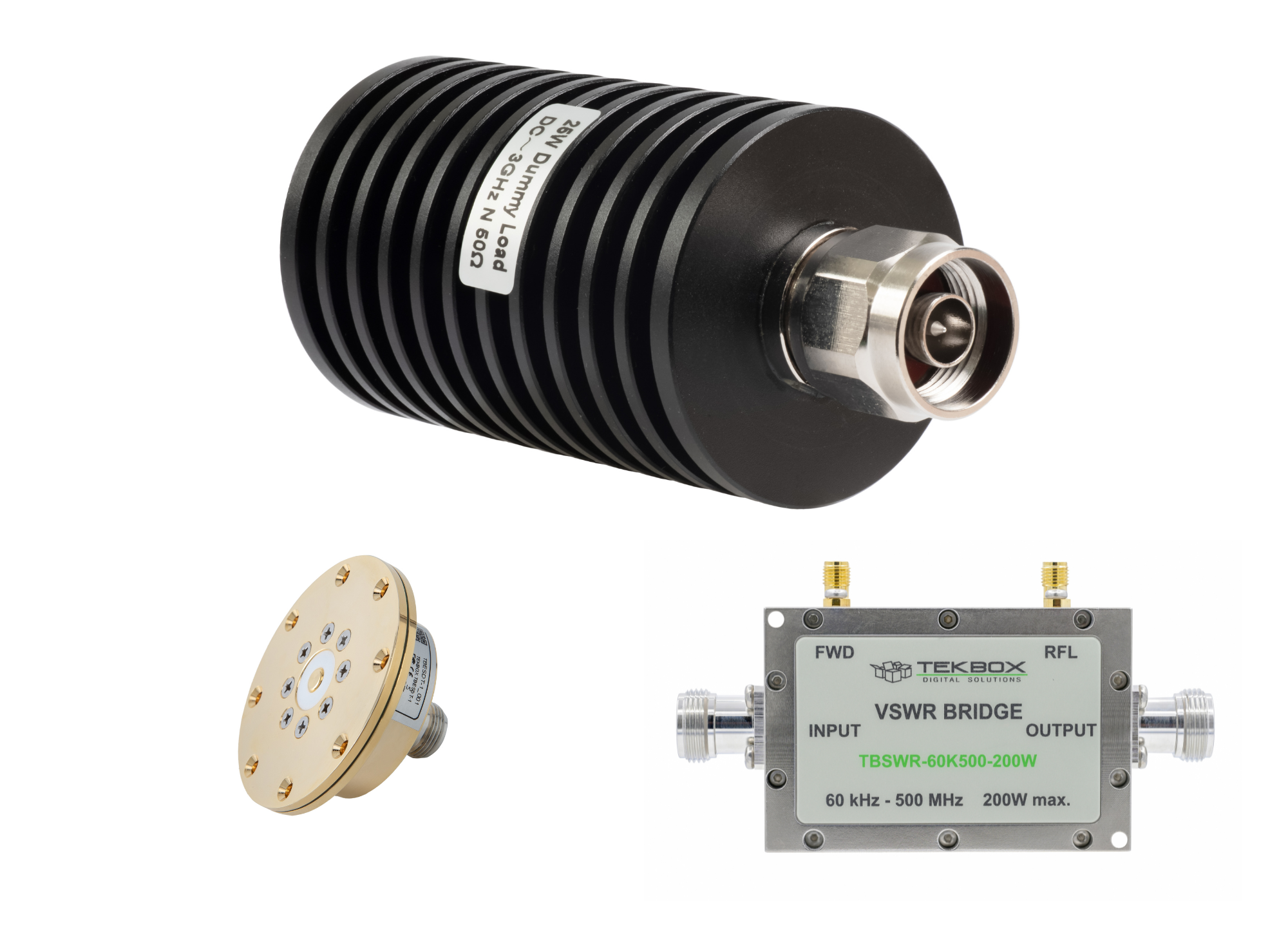




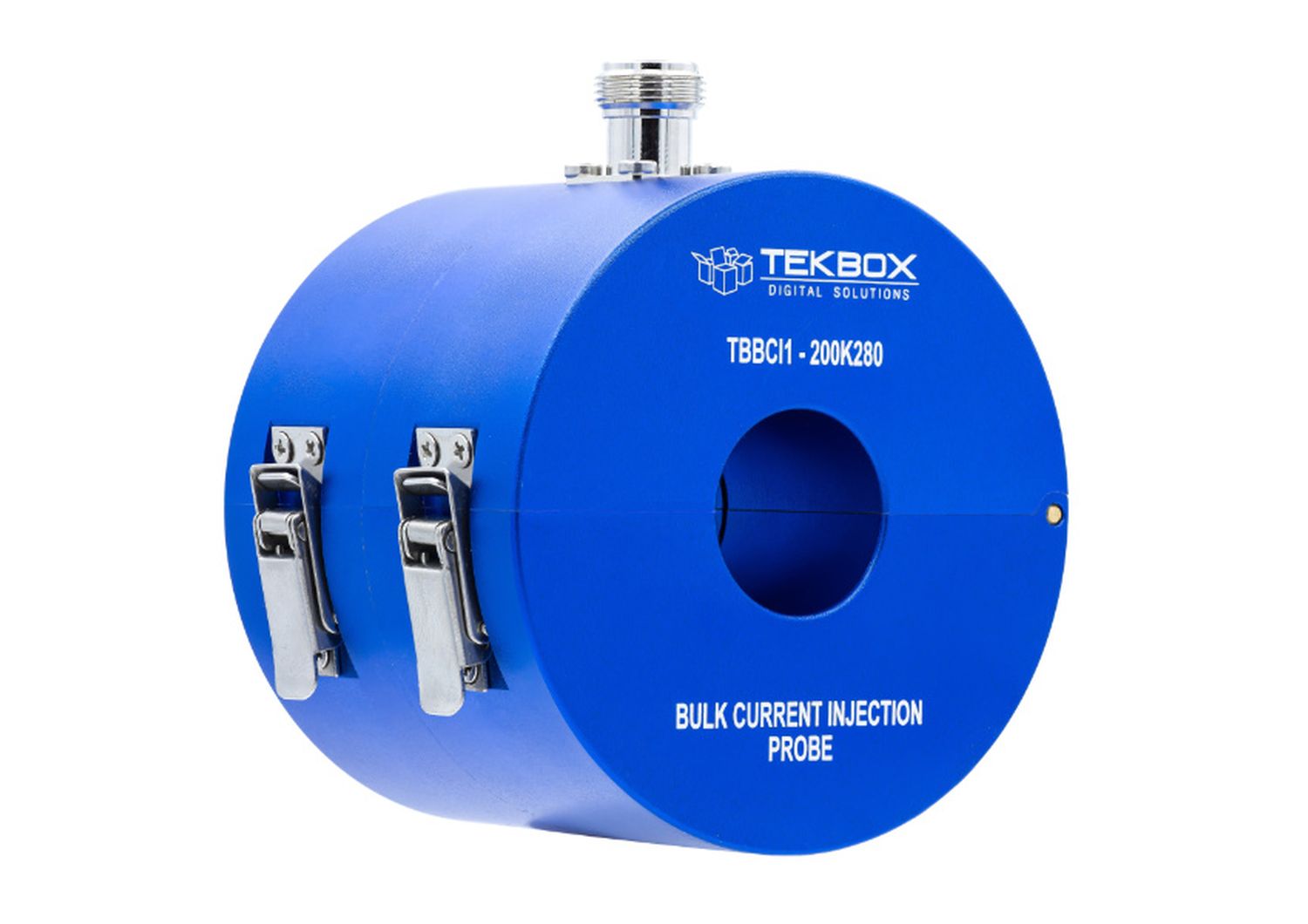



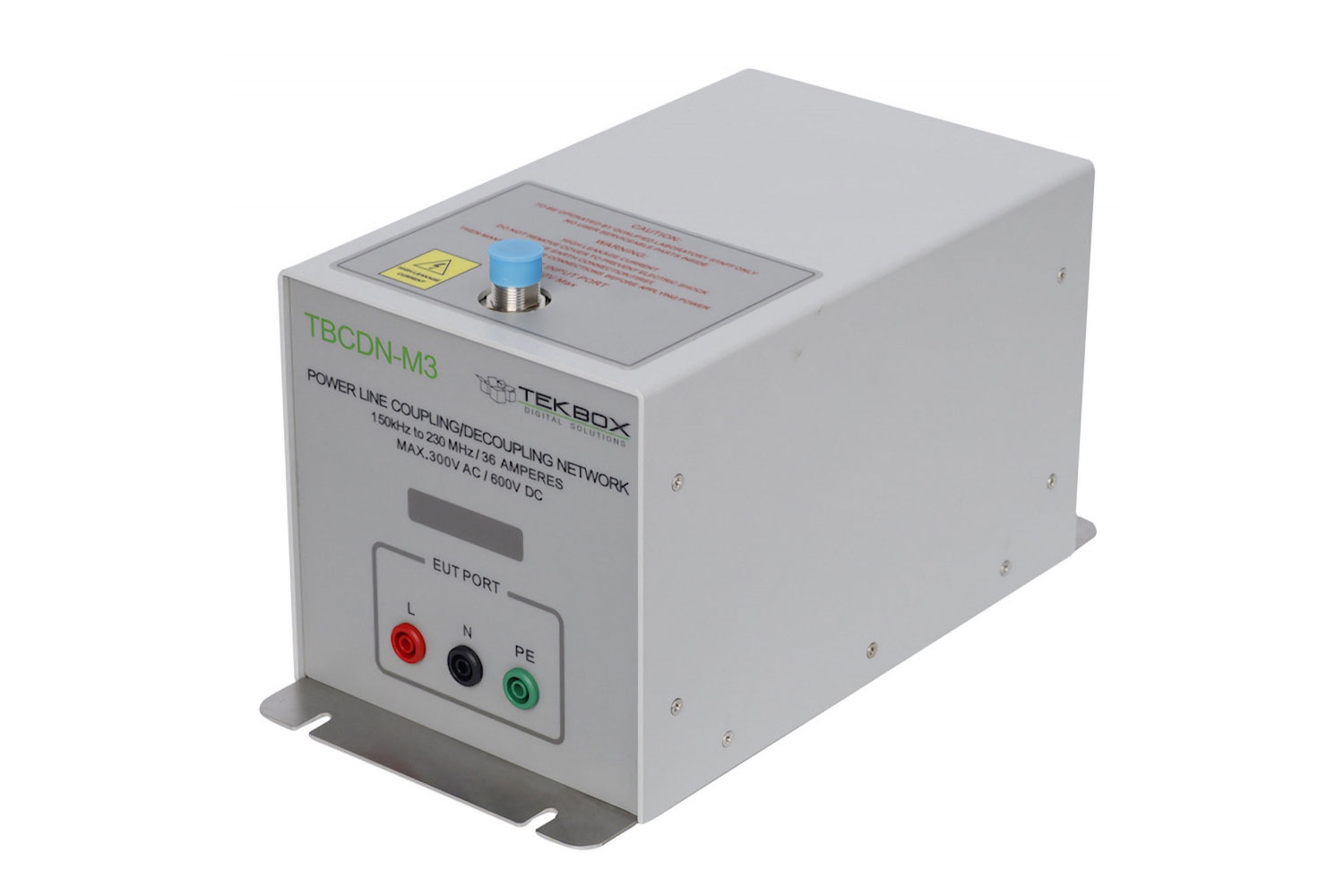
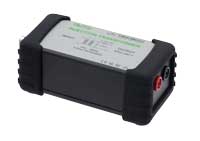















 FREE SHIPPING £75+
FREE SHIPPING £75+
 CELEBRATING 50+ YEARS
CELEBRATING 50+ YEARS
 PRICE MATCH GUARANTEE
PRICE MATCH GUARANTEE
